Ancient City Unearthed in Iraq After Extreme Drought Dries up Tigris River, Archeologists Say
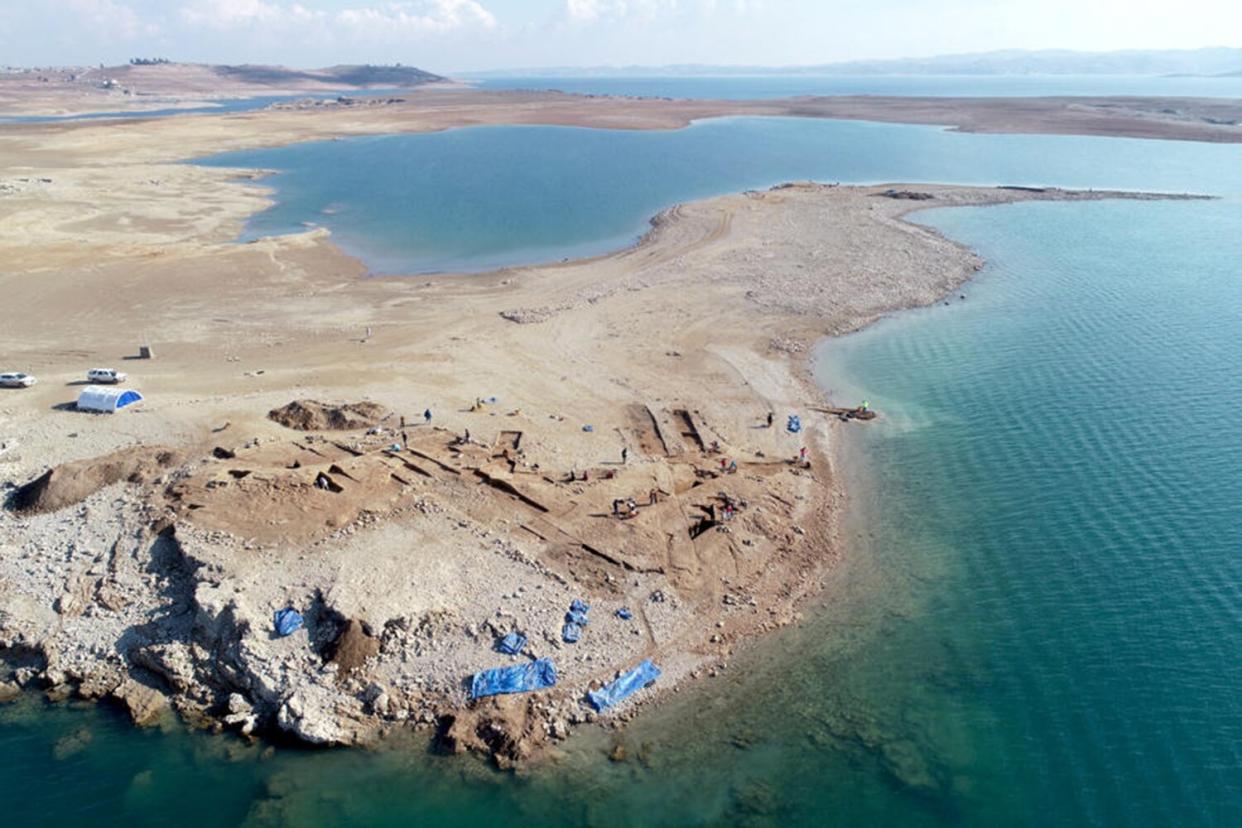
Universities of Freiburg and Tübingen, KAO
Archeologists say a 3,400-year-old city was uncovered in Iraq after extreme drought conditions led to decreased water levels along the Tigris River.
German and Kurdish archeologists recently scoured the site at Kemune in the Kurdistan Region of Iraq after it appeared in the waters of the Mosul reservoir early in 2022, according to a press release shared Monday by Eberhard Karls University of Tübingen in Germany.
The Bronze Age city — which "could be" the ancient city of Zakhiku, per the release — surfaced earlier this year after "large amounts of water" were drawn from the reservoir "to prevent crops from drying out," beginning in December 2021.
Due to "the unforeseen event" archaeologists were "under sudden pressure to excavate and document" what they could of the ruins "as quickly as possible before it was resubmerged," the release stated — and what they found was magnificent.
RELATED: Giant Sinkhole in China Reveals Massive Ancient Forest
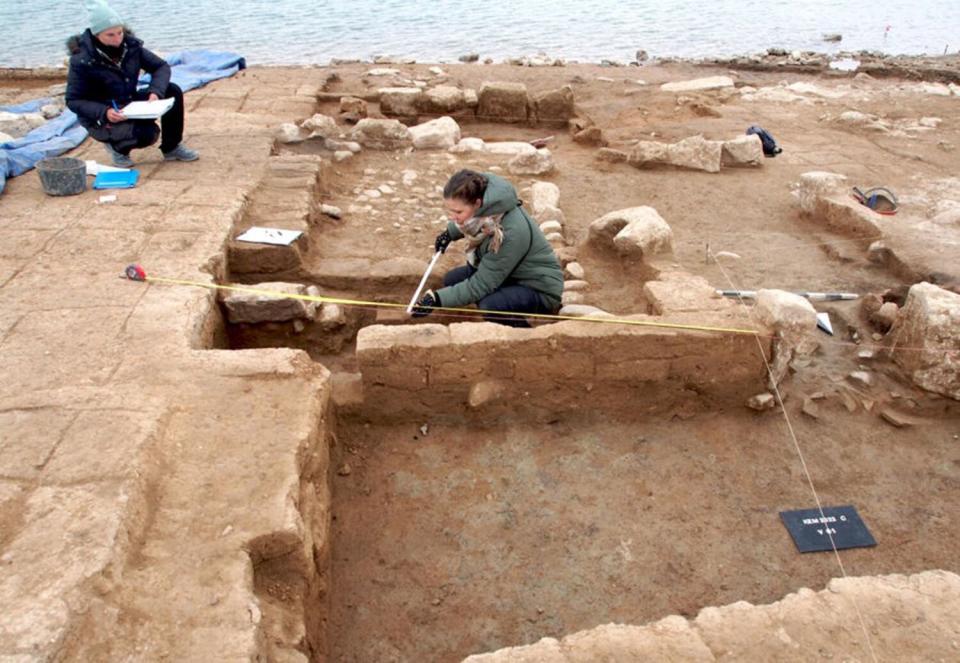
Universities of Freiburg and Tübingen, KAO
Archeologists uncovered various major sites during excavations between January and February, including "a massive fortification with [a] wall and towers, a monumental, multi-storey storage building and an industrial complex," the university said in its release.
The lost city, which is believed to have existed from 1550 to 1350 B.C., previously served as an "extensive urban complex" within the Mittani Empire.
Also among the group's interesting findings were five ceramic vessels with "an archive of over 100 cuneiform tablets," experts said. Some of the clay tablets were said to still be sealed into their clay envelopes.
"It is close to a miracle that cuneiform tablets made of unfired clay survived so many decades under water," said Dr. Peter Pfälzner, a professor at University of Tübingen.
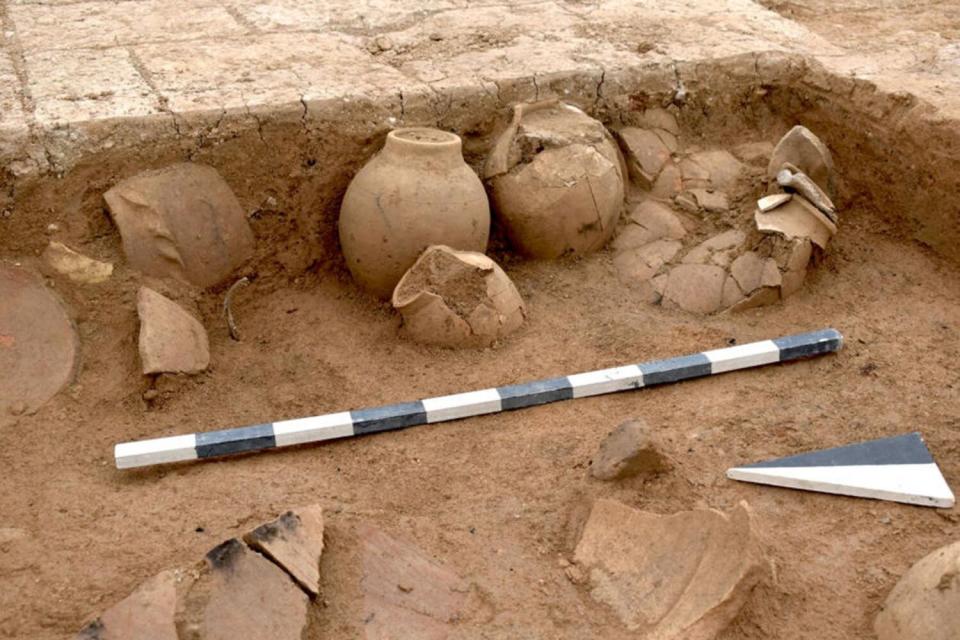
Universities of Freiburg and Tübingen, KAO
Pfälzner and fellow German archaeologist Dr. Ivana Puljiz, a junior professor at University of Freiburg, linked up with Dr. Hasan Ahmed Qasim, chairman of the Kurdistan Archaeology Organization, to complete the project alongside the Directorate of Antiquities and Heritage in Duhok of the Kurdistan Region in Iraq.
"The huge magazine building is of particular importance because enormous quantities of goods must have been stored in it, probably brought from all over the region," Puljiz said in Monday's release.
Additionally, researchers said they were "stunned" to learn of "the well-preserved state of the walls," which occasionally reached "a height of several meters" despite being submerged under water "for more than 40 years."
RELATED: 'Unusual' Deep-Sea Jellyfish Species Discovered in Pacific Ocean's Midnight Zone
"This good preservation is due to the fact that the city was destroyed in an earthquake around 1350 BC, during which the collapsing upper parts of the walls buried the buildings," the university added.
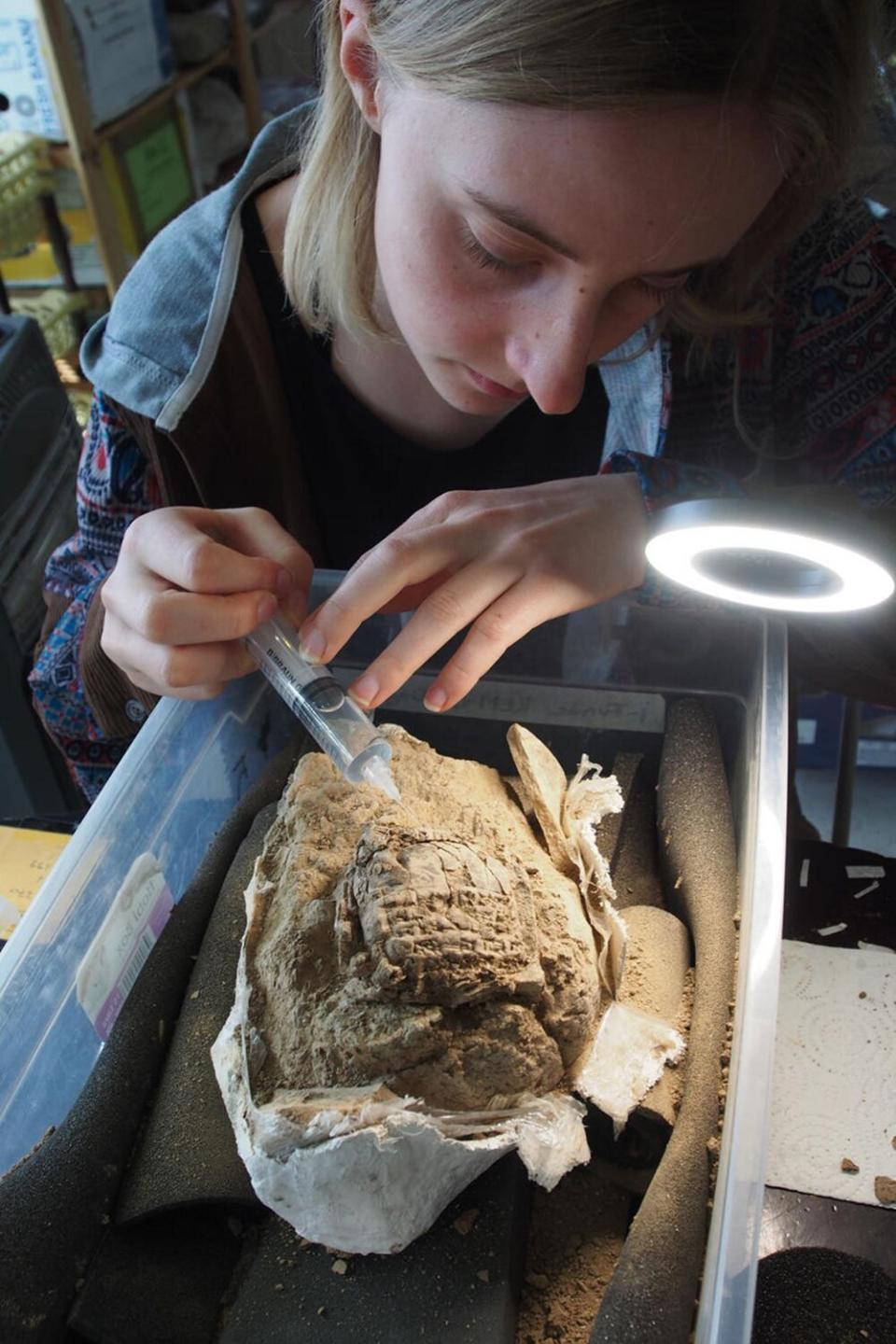
Universities of Freiburg and Tübingen, KAO
Now, the ancient city is "completely submerged" underwater once again. Before the water levels rose, the German and Kurdish research team "completely covered" the excavated buildings "with tight-fitting plastic sheeting" and gravel fill to prevent water from causing additional damage to the site, they said.
The work was done "as part of an extensive conservation project funded by the Gerda Henkel Foundation," per Monday's release.
Never miss a story — sign up for PEOPLE's free daily newsletter to stay up-to-date on the best of what PEOPLE has to offer, from juicy celebrity news to compelling human interest stories.
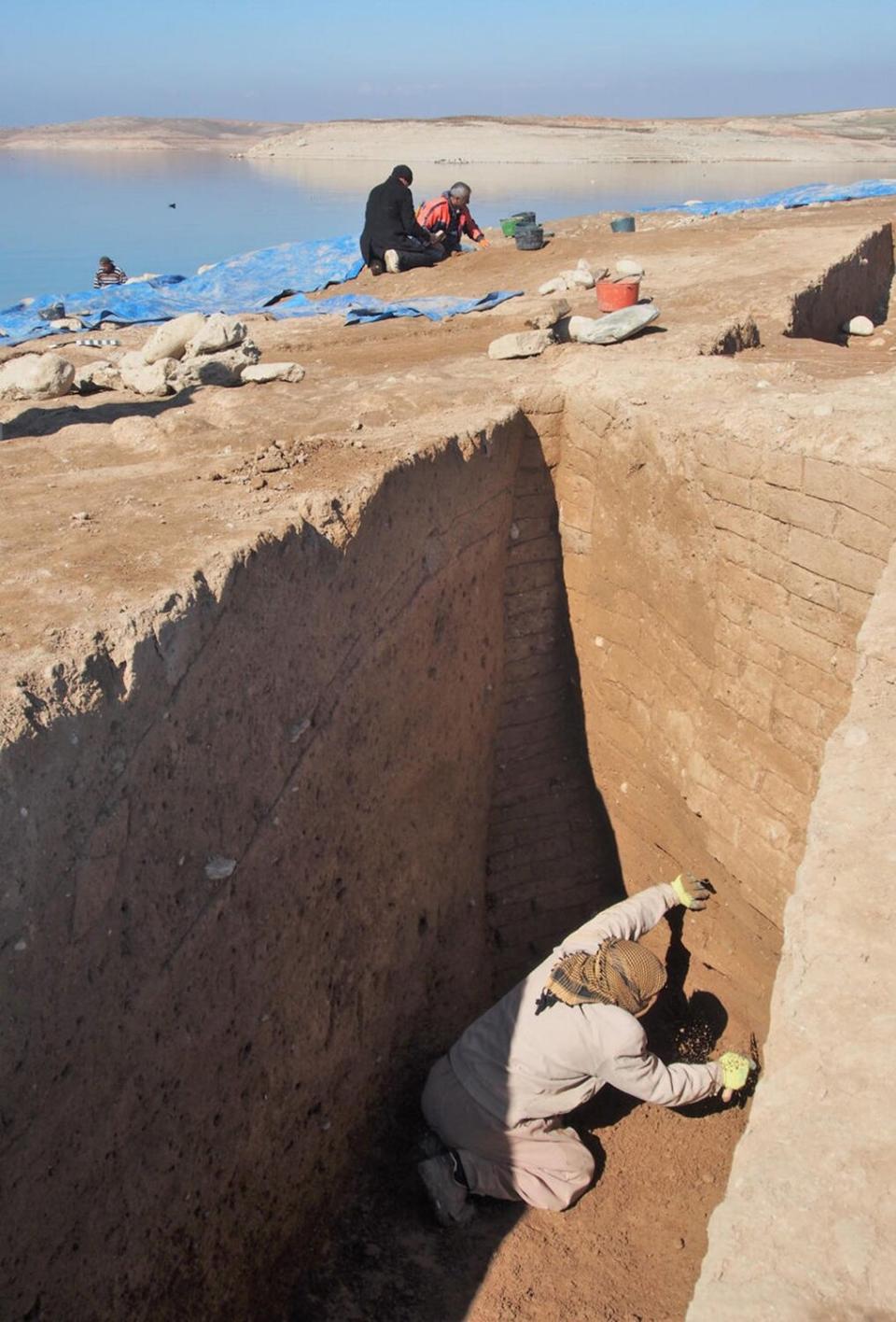
Universities of Freiburg and Tübingen, KAO
Researchers are looking forward to learning more from the artifacts they uncovered, especially the clay tablets, which they hope "will provide important information about the end of the Mittani-period city and the beginning of Assyrian rule in the region."
Until recently, the city was "submerged decades ago without any prior archaeological investigations," according to the university.
However, this isn't the first time German and Kurdish archaeologists have worked on the site. In 2018, researchers conducted a similar campaign in which "several other large buildings were uncovered," as well as a palace.

